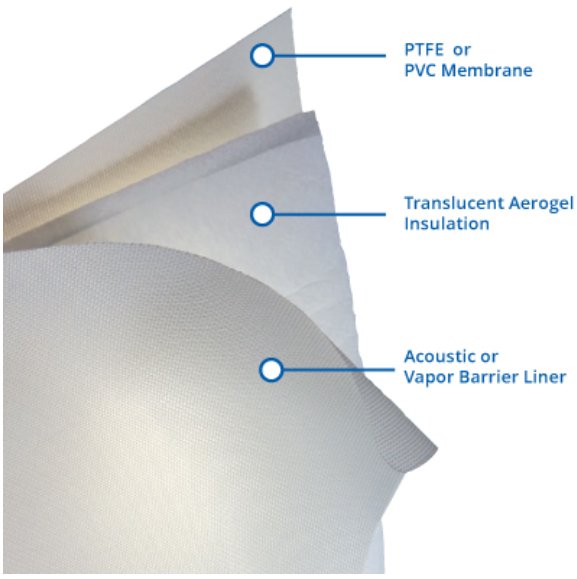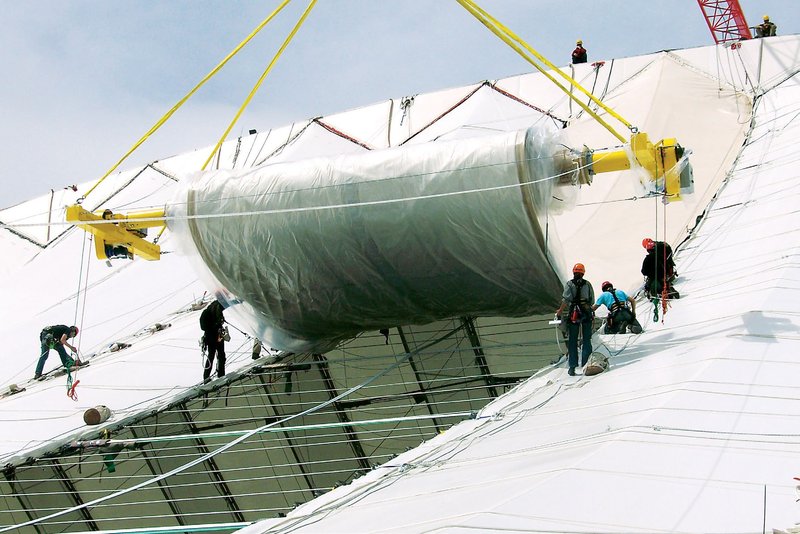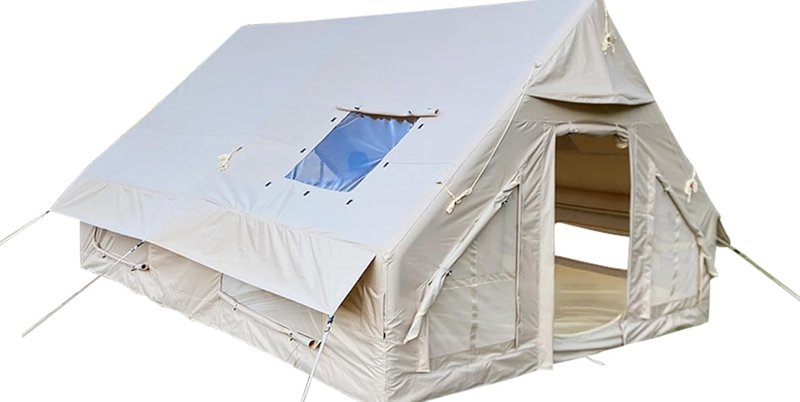Revolutionizing Sustainable Architecture: The Ascent of Aerogel "Super Tents" Powered by Tensotherm™ Insulated Tension Membrane Systems
2025-04-15
Aerogel
In the realm of sustainable architecture, aerogel "super tents" equipped with Tensotherm™ insulated membrane systems are emerging as transformative innovations, blending unparalleled thermal insulation, superior acoustic damping, and optimal light diffusion. These structures not only withstand extreme climates but also redefine efficiency in landmark projects, from expansive shopping centers to resilient polar research stations, fostering a new paradigm of lightweight, eco-conscious design that harmonizes with nature while pushing the boundaries of human ingenuity.
Imagine a structure that defies the elements: lightweight as a cloud, yet robust enough to endure hurricane-force winds; translucent like a luminous veil, allowing natural light to flood interiors while blocking heat's intrusion. This is the promise of aerogel "super tents," elevated by the Tensotherm™ insulated tension membrane systems—a fusion of cutting-edge materials science and architectural vision. As global urbanization accelerates and climate challenges intensify, these innovations offer a beacon of hope, enabling buildings that are not only energy-efficient but also adaptable, resilient, and profoundly sustainable. Let's delve into how aerogel felt, the heart of this technology, is reshaping our built environment.
I. Aerogel Felt: Pioneering a New Frontier in Materials Science
At the core of this architectural revolution lies aerogel felt, a material often hailed as "frozen smoke" for its ethereal quality. With an ultra-low thermal conductivity of 0.015 W/(m·K), it operates flawlessly across a staggering temperature range from -196°C to 650°C, making it an ideal guardian against both scorching heat and biting cold. This performance stems from its nanoporous structure—tiny silica particles interlocked in a web of air pockets that trap heat molecules, effectively halting conduction, convection, and radiation.
Composited with glass or ceramic fibers, aerogel felt gains remarkable flexibility, allowing it to be bent, cut, and shaped without losing integrity. Its hydrophobic rating exceeds 98%, repelling water like a lotus leaf and preventing moisture-induced degradation that plagues conventional insulators. Add to this A1-level fire resistance—no melting, no toxic fumes—and a density as low as 12–20 kg/m³, and you have a material that's not just lightweight but extraordinarily durable. Surface modifications further enhance tensile strength to ≥1.2 MPa, ensuring it withstands the rigors of installation and long-term use. In essence, aerogel felt isn't merely an insulator; it's a symphony of science, orchestrating comfort and safety in ways traditional materials could never dream.
II. Tensotherm™ System: The Elegant Marriage of Tension and Aerogel
Enter Tensotherm™, a system that marries the tensile strength of membrane architecture with aerogel's insulating genius, creating structures that are as beautiful as they are brilliant. The outer layer features a PTFE-coated fiberglass membrane, boasting a 30+ year lifespan, 15–20% light transmittance for soft, diffused daylight, and self-cleaning properties that shrug off dirt and UV degradation. At its heart, an 8 mm aerogel felt insert amplifies thermal resistance fivefold, ensuring interiors remain temperate year-round without mechanical aids.
The inner PTFE liner complements this with an NRC of 0.9, absorbing sound waves to create serene spaces amid bustling environments. Consider the Lancaster Shopping Center: its 25,000 ft² roof was revamped in just 72 hours, yielding 40% energy savings through reduced HVAC demands and 30% more natural light, all while enduring 120 mph winds at a fraction (1/20th) the weight of a steel alternative. This system doesn't just insulate—it illuminates and quiets, turning ordinary spaces into havens of harmony.
III. From Athletic Arenas to Arctic Outposts: Thriving in Extreme Realms
The true test of innovation lies in adversity, and aerogel super tents excel where others falter. At the University of La Verne's gymnasium, iconic membrane peaks harness Tensotherm™ to slash lighting energy 60%, creating a vibrant, naturally lit space that inspires movement. But their resilience shines brightest in extremes: maintaining stable indoor temperatures from -40°C Siberian blasts to 50°C desert scorchers, with variations under ±2°C—vital for occupant comfort and equipment longevity.
Rapid deployment adds to their allure: a 500 m² tent assembles in 24 hours, perfect for military forward bases or disaster relief. Sustainability seals the deal—fully recyclable components yield 70% lower lifecycle emissions than concrete equivalents, aligning with global net-zero ambitions. Whether sheltering researchers in Antarctic isolation or shoppers in urban sprawl, these tents prove architecture can be both nomadic and enduring.
IV. WoQin Tech: Trailblazing Aerogel's Global Architectural Footprint
At the forefront stands WoQin Tech, a visionary force propelling aerogel from labs to landmarks. Their camping tents, fortified with aerogel layers, boost cold resistance from -10°C to -30°C, cutting condensation 50% for adventurers in unforgiving wilds. In industry, LNG pipelines and data centers benefit from integrated insulation that marries thermal blocking with light transmission, reducing operational downtime 25%.
WoQin's LEED Platinum-certified projects underscore their commitment: from energy-harvesting facades to polar bases, they're crafting standards that blend innovation with ecology. Their global reach—spanning Europe, Asia, and beyond—positions aerogel as the linchpin of tomorrow's sustainable skyline.
V. Visionary Horizons: Aerogel's Rewrite of Architectural Norms
The dawn of aerogel super tents heralds a renaissance: functional fusion where insulation meets acoustics, light diffusion, and structural might. Eco-wise, they demand 1/5th the production energy of rivals, with full recyclability closing the loop on waste. Design liberation follows—vast spans, fluid curves, and modular mobility redefine what's possible, from pop-up pavilions to adaptive habitats.
As climate resilience becomes paramount, these structures embody harmony: technology in tune with nature, crafting spaces that protect, inspire, and endure. The future isn't built—it's tensioned, insulated, and aerogel-infused.
LATEST NEWS
Why Does Metal Feel Cold and Wood Feel Warm at the Same Room Temperature? Unveiling the Magic of Thermal Conductivity!
2025-11-20
Innovative Aerogel Pipe Insulation Boosting Efficiency in Energy Industries
2025-11-17
Ordering and Specification Guidance for Aerogel Sheet and Pipe Insulation Products
2025-11-17
Luminescent Concrete Transforms Global Architecture with Light and Design Freedom
2025-11-13
Aerogel: The Ultralight Revolution – Transforming Industries with Unmatched Versatility
2025-11-11



